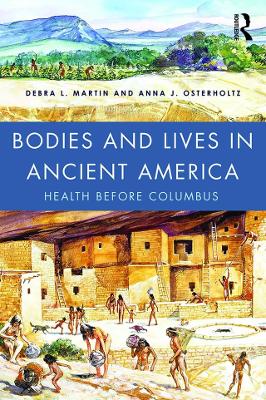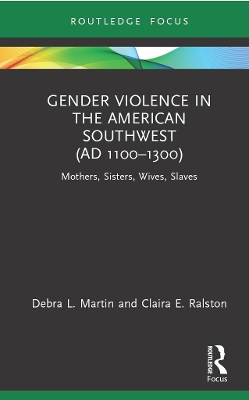Bodies and Lives
2 total works
Bodies and Lives in Ancient America
by Debra L. Martin and Anna J. Osterholtz
Bodies and Lives in Ancient America offers a broad overview of what it was like to live and die throughout North America before European contact. Using a unique life history approach, the book moves from pregnancy and birth through to senescence. Drawing on biological data gathered from human remains, as well as cultural and environmental data derived from archaeological investigations, the authors provide students with a wealth of information on health and other aspects of life that leave changes on the skeletal system. Rich case studies throughout demonstrate the temporal, cultural and environmental variability across the continent prior to colonial times. The authors also examine how different groups faced a variety of challenges in their lives, including climate change and violence, and the effects this had on their health. The book concludes by considering the relevance of what ancient bones reveal for people today. Written in an engaging style, with complex paleopathology data synthesized and clearly presented, Bodiesand Lives in Ancient America is an accessible introduction to the state of health across prehistoric North America.
Gender Violence in the American Southwest (AD 1100-1300)
by Debra L. Martin and Claira Ralston
This volume uses osteobiography and individual-level analyses of burials retrieved from the La Plata River Valley (New Mexico) to illustrate the variety of roles that Ancestral Pueblo women played in the past (circa AD 1100–1300). The experiences of women as a result of their gender, age, and status over the life course are reconstructed, with consideration given to the gendered forms of violence they were subject to and the consequences of social violence on health. The authors demonstrate the utility of a modern bioarchaeological approach that combines social theories about gender and violence with burial data in conjunction with information from many other sources—including archaeological reconstruction of homes and communities, ethnohistoric resources available on Pueblo society, and Pueblo women’s contemporary voices. This analysis presents a more accurate, nuanced, and complex picture of life in the past for mothers, sisters, wives, and, captives.

